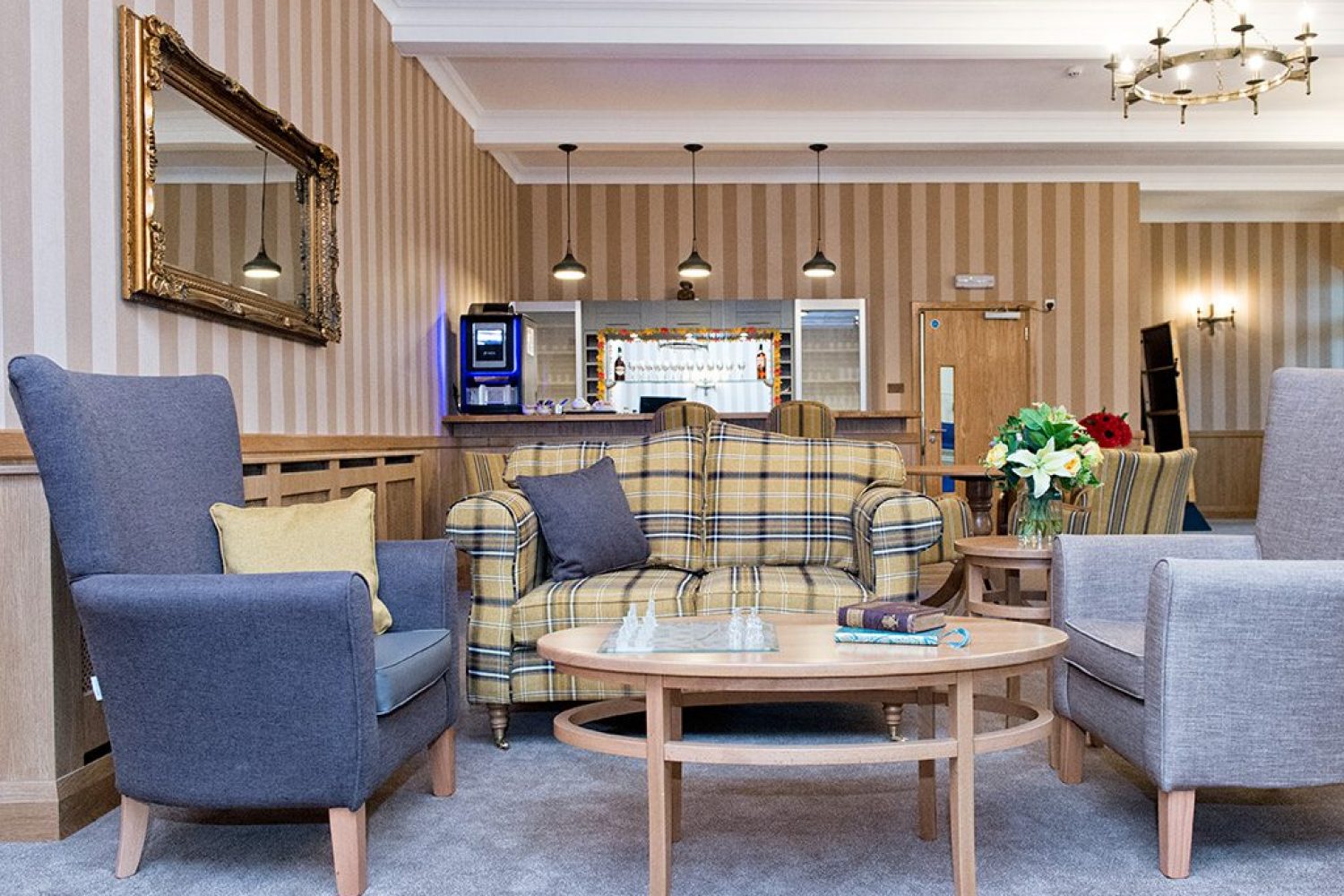- Video
- Robyn Notley-Daynes
In Episode 3 of Furncare Focus, Jade Eaglen, our Projects Design Manager, dives into 2024’s top care sector design trends and shares her predictions for 2025… Don’t miss this glimpse into the future of

Reducing the risk of infection within care homes has long been a key concern for all care home operators and given recent events, the focus on infection control in care homes has never been more important. With the CQC specifically looking at all areas of risk and prevention of infection, it’s key to make sure that all areas of the home are contributing to reducing this risk and ensure you’re aware of all the infection control properties and features of your interiors that can be taken advantage of. The government’s Infection Control Fund has provided operators with much needed support to allow them to assess all areas that could be a source of infection and take steps to mitigate any risk. As we look to the future there are some key infection control features to keep in mind when buying care home furniture and furnishings which will ensure that your care home is future-proofed to reduce any risks and provide a safe environment for both residents and staff. So, what should you be looking out for?
Much attention has been paid to upholstered goods within care homes recently, in particular the debate over whether care homes must have faux leather on their chairs. Most upholstery manufacturers supply fabrics with additional anti-microbial properties, such as Panaz’s Shield Plus, therefore meaning that neither fabric nor faux leather upholstery is superior for infection control. Consider the following:
There are certain features of care home furniture that will make them easier to clean, less likely to harbour dust and bacteria and in some cases also offer anti-microbial protection to hard surfaces. When purchasing care home furniture, the following are desirable when aiming to reduce the risk of infection and cross-contamination:
It’s the ornaments and soft furnishings that are the things that make a house a home, yet they are also the things that are often harder to keep clean and are also more time consuming to clean. Smaller ornaments and soft furnishings are normally high contact areas; think of all the curtains you have in your home and the number of times per day these are drawn and closed – that’s a lot of contact from lots of different people! Thankfully there are ways that you can implement infection prevention control measures with these oft forgotten areas.
We hope that this blog has given you some guidance on how your furniture and furnishings can help you with the topic of Infection Control in Care Homes. If you’d like any specific advice, please contact our team on 01603 664900 or sales@furncare.co.uk.
| Cookie | Duration | Description |
|---|---|---|
| cookielawinfo-checkbox-analytics | 11 months | This cookie is set by GDPR Cookie Consent plugin. The cookie is used to store the user consent for the cookies in the category "Analytics". |
| cookielawinfo-checkbox-functional | 11 months | The cookie is set by GDPR cookie consent to record the user consent for the cookies in the category "Functional". |
| cookielawinfo-checkbox-necessary | 11 months | This cookie is set by GDPR Cookie Consent plugin. The cookies is used to store the user consent for the cookies in the category "Necessary". |
| cookielawinfo-checkbox-others | 11 months | This cookie is set by GDPR Cookie Consent plugin. The cookie is used to store the user consent for the cookies in the category "Other. |
| cookielawinfo-checkbox-performance | 11 months | This cookie is set by GDPR Cookie Consent plugin. The cookie is used to store the user consent for the cookies in the category "Performance". |
| viewed_cookie_policy | 11 months | The cookie is set by the GDPR Cookie Consent plugin and is used to store whether or not user has consented to the use of cookies. It does not store any personal data. |